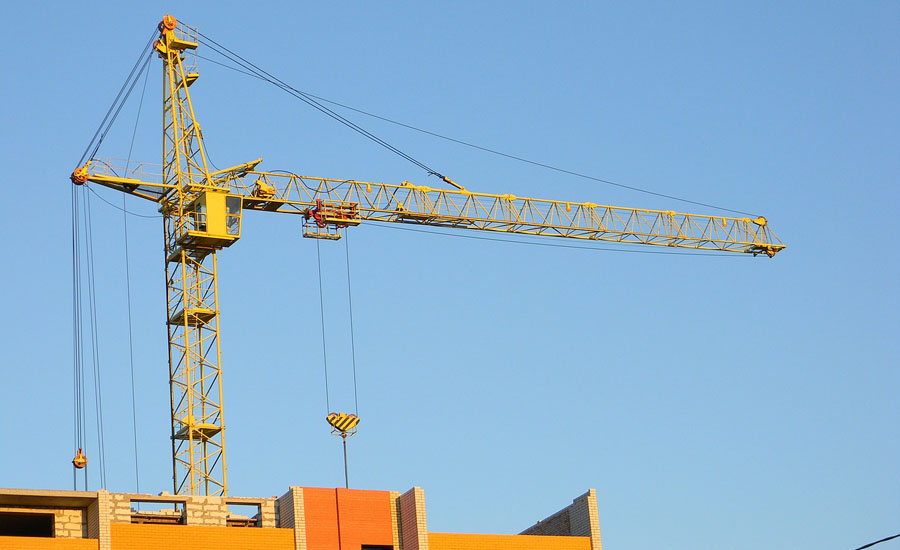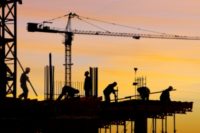The most common accidents reported from construction sites, named the “Fatal Four” by OSHA, were responsible for 64.2 percent of construction worker deaths in 2015: falls, struck by an object (“injuries produced by forcible contact or impact between the injured person and an object or piece of equipment”), electrocution, and caught-in or –between hazards (can-ins, pulled into machinery, crushed by two pieces of machinery, etc.).
Modular construction can help to alleviate the “Fatal Four” of construction sites.
How? Modular construction takes place away from the construction site. This results in a severe reduction in the amount of foot traffic occurring at the job site. Manpower needed in a condensed area now takes place in another location -- freeing up space for the other workers. There is less chance of a person being caught-in-between or struck by an object.
Since the structure is a module, workers have one large object to focus solely on rather than many moving parts. With focus centralized on the modular structure, worker focus and concentration improves.
Overall construction process is increased compared to traditional, stick-built construction. With less time at the construction site, there is a lower risk of injury at the construction site. By finishing the project roughly 30 to 50 percent faster, construction workers spend less time in a potentially hazardous situation, reducing the chance of all potential injuries.
Modular construction has built-in safety advantages. Compared to stick-built construction, modular construction takes place in a completely controlled factory environment. An assembly-line-like, work process is set up for the complete manufacturing of the building. All team members know their work area well, know the areas of caution, and are specialized in their duty. There is much less chaos, meaning a far less chance of being struck by machinery, equipment, or other objects.
The controlled environment keeps out any weather hazards that may present themselves in a traditional construction environment. With the process taking place indoors no rain delays or slippery surfaces should occur due to weather.
In the modular construction process, there is no need for climbing to heights to build each module. The typical height of or prefabricated modular is from 8 to 10 feet tall.
Modular construction companies can more strictly regulate safety measures within their facility. According to “Safety Management in the Construction industry SmartMarket Report,” 73 percent of modular construction users have a fully inclusive safety program in place, in comparison to the 48 percent of their non-modularized counterparts.
Modular construction sets up standardized workflows that encourage specialization and a full understanding of duties and surroundings, allowing for fewer accidents to occur compared to a typical construction site. Then when the structure is delivered to the project site, all that is left is installation.
Source: panelbuilt.com.


